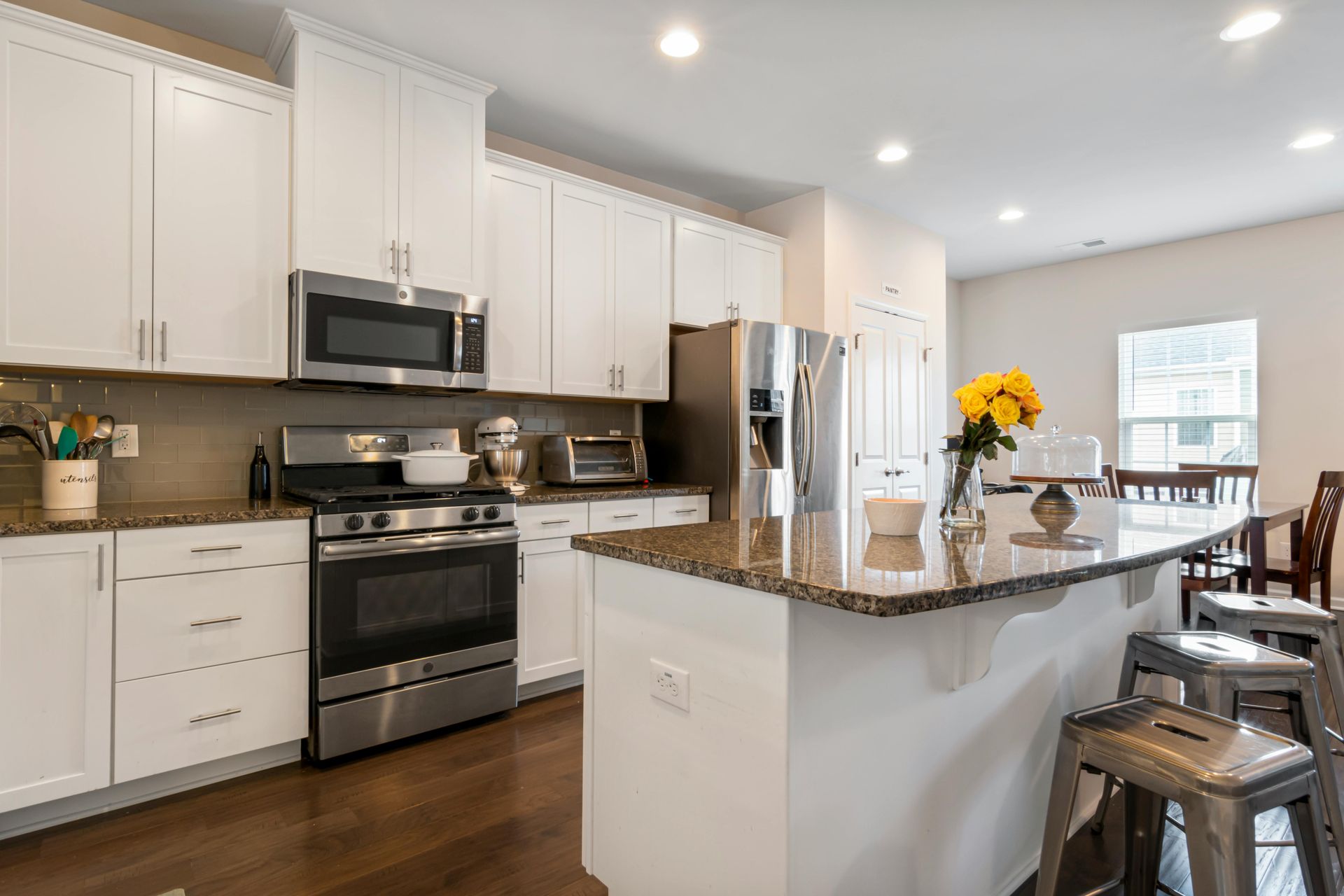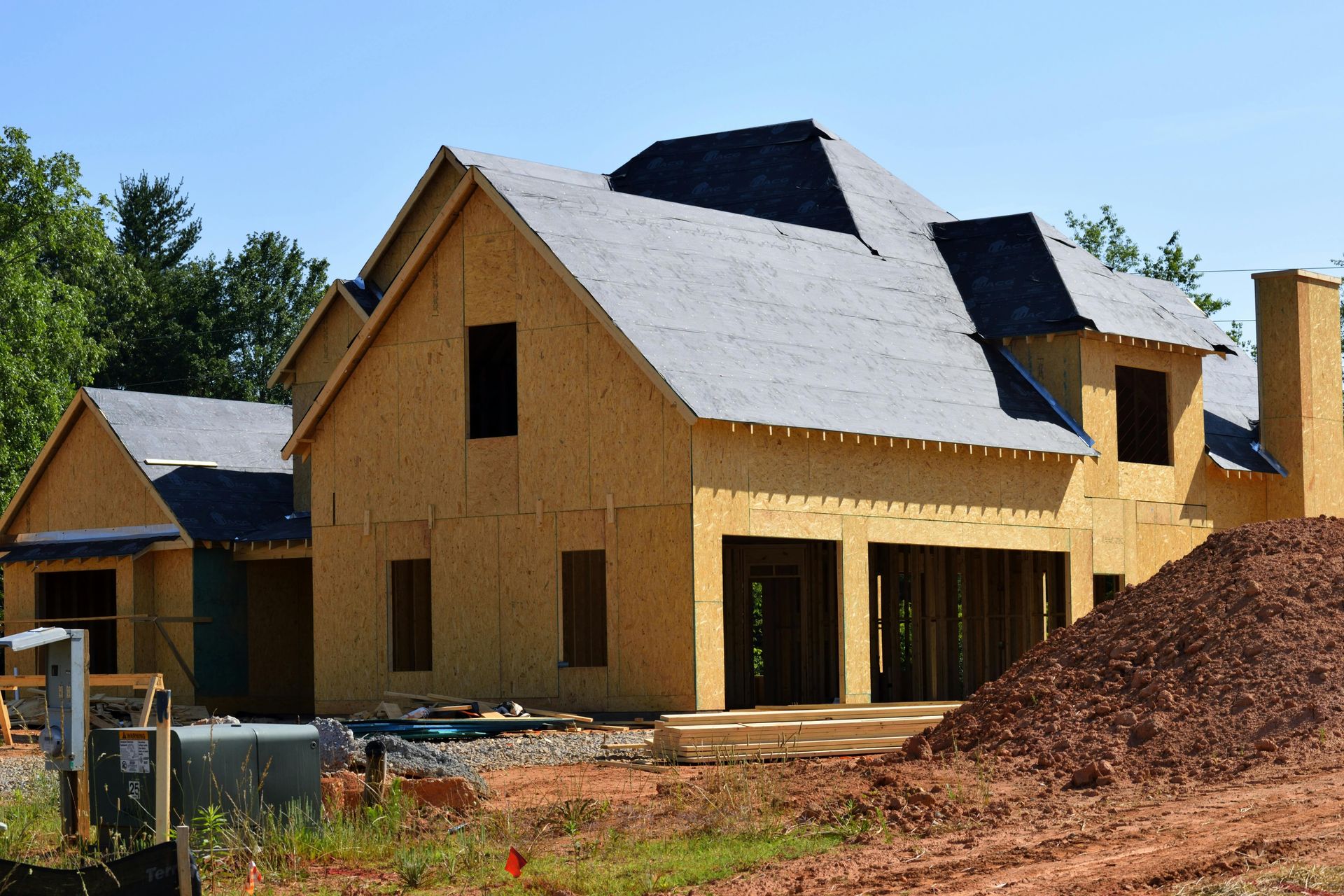Budgeting Tips for Your Home Remodel
October 16, 2023
Establish a Clear Scope of Work
Outline Your Objectives
Before even considering the financial aspect, it's essential to establish what exactly you want to accomplish with your remodel. Are you looking to update your kitchen, add an extra bedroom, or perhaps finish the basement? Once you've identified the scope, it becomes easier to allocate resources.
Prioritize Needs Over Wants
Distinguish between the 'must-haves' and the 'nice-to-haves.' Items like structural repairs or replacing outdated plumbing should take precedence over cosmetic upgrades. By understanding what is essential, you can allocate your funds more effectively.
Develop a Detailed Budget
Itemized Costs
Once the scope of work is established, it's time to delve into the nitty-gritty of budgeting. This involves listing out every cost you can anticipate—from materials and labor to permits and contingencies.
Hidden Expenses
Don't forget to account for less obvious costs such as temporary accommodations if your home will be uninhabitable during the remodel, or storage fees for your furniture and belongings. These can quickly add up and should be planned for in advance.
Secure Financing
Savings and Personal Loans
You have several options when it comes to financing your remodeling project. Using your savings is the most straightforward, but not always feasible. Personal loans or home equity lines of credit are other options, but be aware of interest rates and repayment terms.
Government Grants and Tax Credits
Look into any available government grants or tax incentives for home renovations. Some projects that improve energy efficiency, for instance, may qualify for tax credits, effectively reducing the overall cost.
Monitor and Adjust
Keep Track of Spending
Throughout the remodeling process, consistently track your spending to ensure you stay within budget. Tools like budgeting software or simple spreadsheets can be highly beneficial for this purpose.
Be Prepared for Surprises
Even the best-laid plans may go awry. It's wise to set aside a contingency fund, usually 10-20% of the overall budget, for unforeseen expenses like additional repairs or price hikes in materials.
Budgeting for a home remodeling project requires meticulous planning, from establishing a clear scope of work to securing financing. By prioritizing essential tasks, developing a detailed budget, and continually monitoring expenses, you can remodel your dream home without the nightmare of financial strain.
Ready to take the next step in remodeling your dream home? Contact our team of experts for a personalized budgeting consultation
to help you realize your vision without financial stress.

Minimalist design is more than just a fleeting trend—it’s a lifestyle choice that can completely transform your Utah County home. If your living spaces are feeling outdated, crowded, or chaotic, embracing minimalism offers a pathway to rejuvenation, tranquility, and effortless elegance. At Jensen Pro Construction , we specialize in helping homeowners reimagine their environments for modern living. Discover how simplicity, clean lines, and functional décor can refresh your space and enhance your quality of life. Why Minimalist Design Resonates in Utah County Utah County is renowned for its breathtaking landscapes and vibrant communities. Many homeowners are drawn to minimalist design because it complements the natural beauty surrounding their homes. Minimalism emphasizes quality over quantity, focusing on thoughtfully curated furnishings, streamlined layouts, and a calming atmosphere. According to a study by the University of California, Los Angeles , cluttered environments can increase stress and anxiety, while well-organized, minimalist spaces promote a sense of calm and well-being. Adopting minimalism is not about sacrificing comfort or personality. Instead, it’s about intentional living—making deliberate choices to create a space that feels open, inviting, and uniquely yours. The Core Elements of Minimalist Home Design Minimalist interiors are defined by clean lines, uncluttered surfaces, and a restrained color palette. This aesthetic is timeless and versatile, making it easy to adapt in any Utah County home, whether you’re in a modern new build in Lehi or a classic ranch in Orem. The key principles include: Simplicity: Every element should have a purpose, with nothing superfluous crowding your rooms. Functional Décor: Choose pieces that are both beautiful and practical. Neutral Colors: Whites, beiges, soft grays, and earth tones create a calming backdrop that highlights architectural features and natural light. A minimalist approach can make any home feel larger and more inviting. Our team at Jensen Pro Construction can guide you through each phase, from initial planning to final touches, ensuring your space reflects both your aspirations and the best of minimalist design. Actionable Tips to Declutter and Reimagine Your Space The first and most essential step in creating a minimalist home is decluttering. Start by assessing each room and identifying what you use and love. Items that no longer serve a purpose or bring joy should be donated, recycled, or thoughtfully stored out of sight. According to Psychology Today , decluttering can increase productivity and mental clarity, making your home not only more beautiful but also more functional. Once you’ve cleared the excess, focus on optimizing your layout. Minimalist design often involves rearranging furniture to maximize flow and openness. In the living room, consider floating a sofa away from the walls or choosing a streamlined sectional that fits the scale of your space. For kitchens and bathrooms, built-in storage solutions help keep countertops clear and essentials organized. If you’re unsure where to start, professional remodeling services can offer valuable guidance. Our team can help you reconfigure layouts, select integrated storage solutions, and even handle custom cabinetry to ensure everything has its place. Selecting a Calming Color Palette Color plays a pivotal role in minimalist design. The right palette can transform a room from busy to serene. Opt for neutral tones—think crisp whites, soft grays, and warm beiges—that reflect Utah’s natural light and create a sense of spaciousness. You can introduce subtle pops of color through natural materials like wood or stone, or with a carefully chosen piece of art. Research from the National Center for Biotechnology Information shows that neutral and cool colors have a calming effect, reducing stress and promoting relaxation. When you’re ready for a refresh, painting walls in these shades can make a dramatic difference without major renovations. If you’re planning a remodel, our color consultation services can help you select hues that harmonize with your home’s architecture and your personal style. Embracing Functional Décor and Quality Materials Minimalist design doesn’t mean your home has to feel sparse or impersonal. Instead, it’s an opportunity to showcase quality craftsmanship and meaningful design choices. Choose furniture with sleek silhouettes, and opt for multipurpose pieces—like storage ottomans or extendable dining tables—that enhance your lifestyle. Natural materials such as wood, stone, and metal bring warmth and texture to minimalist spaces. These elements add depth and character, ensuring your home feels both modern and inviting. Thoughtful lighting, from large windows to strategically placed fixtures, further emphasizes a sense of openness. At Jensen Pro Construction, we pride ourselves on using premium materials and expert craftsmanship. Our portfolio features transformations where every detail has been carefully considered to balance beauty and functionality. Optimizing Layouts for Utah County Living Utah County homes often feature open floor plans, making them ideal for minimalist design. To make the most of your space, consider how each area flows into the next. Clear sightlines, unobstructed pathways, and flexible spaces encourage relaxation and easy entertaining. If you’re considering a home renovation, our team can help you reimagine layouts to maximize natural light, improve storage, and create seamless transitions between indoor and outdoor living. Open shelving, built-in cabinetry, and sliding doors are just a few ways to enhance functionality while maintaining a clean, cohesive look. Transform Your Home With Professional Guidance Minimalism is about creating a home that feels effortlessly stylish and deeply comfortable. Whether you want to refresh a single room or embark on a full-scale remodel, working with experienced professionals ensures a result that is both beautiful and practical. At Jensen Pro Construction, we understand the unique needs of Utah County homeowners. Our team is dedicated to helping you achieve a minimalist transformation—one that honors your vision and elevates your daily living experience. Ready to revamp your home? Explore our services or contact us to schedule a consultation and start your minimalist journey today. For more inspiration and tips, visit our blog . Experience the transformative power of minimalist design and let your Utah County home shine with simplicity, sophistication, and serenity.










